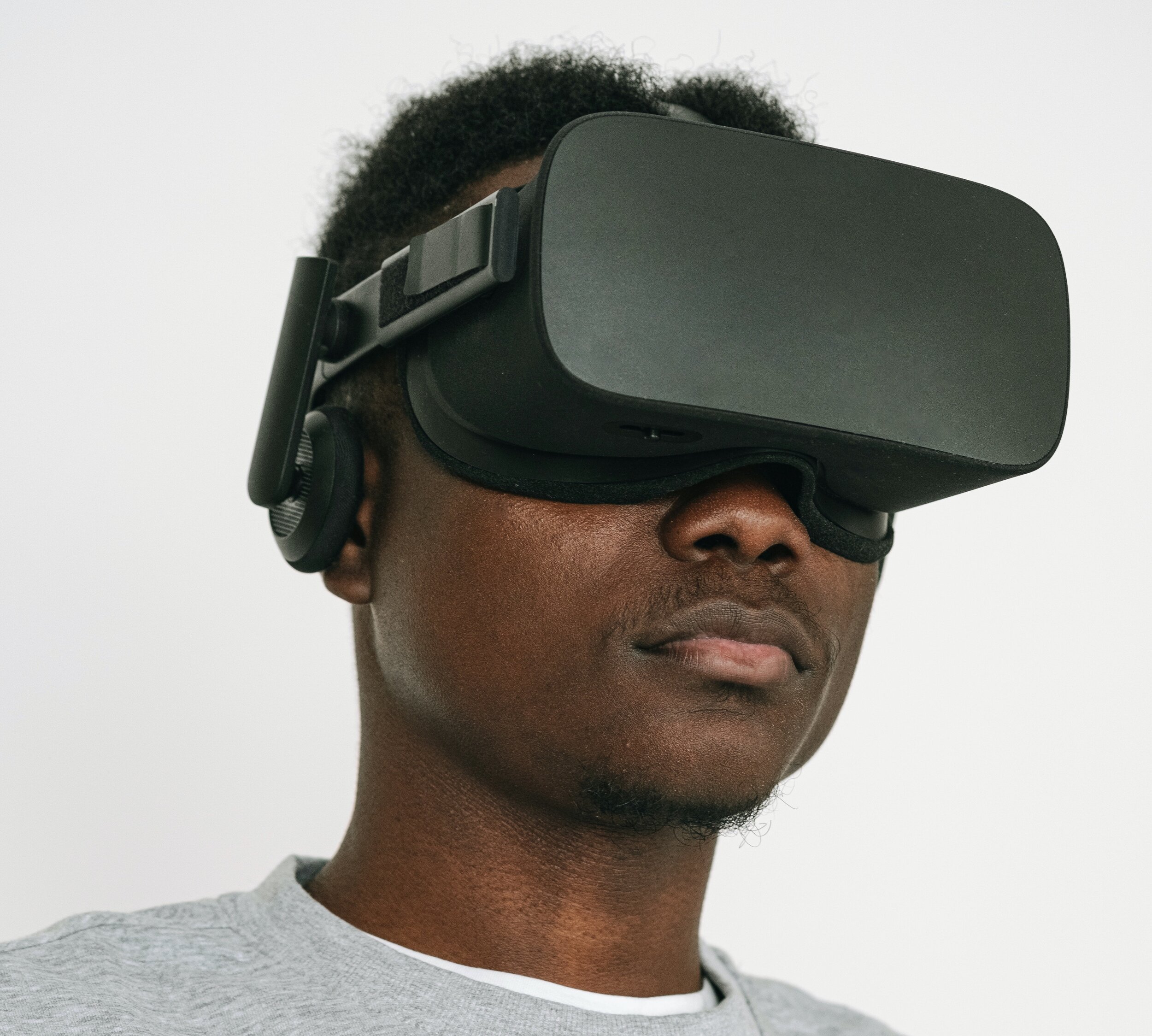How to Improve Your Life by Playing Video Games
Video games can make real life easier and more fun.
Game designers use many psychological tricks to keep us playing. Take advantage of this by playing games that help with your real life!
This piece was featured as an essential topic in Psychology Today.

really, really hate exercise. I find it boring, repetitive, sweaty, and I’d much rather relax on the couch than lift weights in a gym. But when I bought Ring Fit Adventure, I found myself happily working out in my living room every day.
Ring Fit Adventure is a simple video game in which players run down a long road, fighting off colorful monsters that stand their way. However, instead of manipulating a handheld controller to move, the player must physically jog in place and perform various exercises with a steering wheel-sized resistance ring to cause their player to move, run, and attack enemies. Here’s a trailer showing how it works.
All it took was a virtual obstacle course, goofy monsters, and a meaningless point system to motivate me to ignore everything I dislike about exercise and improve my overall health. Nintendo had gamified my exercise routine.
Gamification, the process of turning an unpleasant activity into a game, has become a significant trend. When the coronavirus forced many to quarantine at home, Ring Fit became such a popular form of socially distant exercise that Nintendo could not produce game units fast enough.
Physical and Mental Health
Gamers who want to exercise have several options.
Dance Dance Revolution (DDR) is a series of rhythm games in which players must jump on colored squares in rhythm with a song. It can be a great cardio workout; more challenging levels are the aerobic equivalent of jumping rope. One man reported that playing DDR regularly helped him lose over 100 pounds.
Other popular examples include Beat Saber and the Just Dance series. In each, players move to the beat of a song. Playing these games can be a challenging workout, but it doesn’t feel like it. I rarely notice that I’m tired until the level ends.
Unsurprisingly, studies show that “exergames” like these positively affect physical and mental health, especially for older adults. Researchers in two studies found that older adults who played a game like Wii Sports became stronger, improved balance, experienced more social interaction, and felt less lonely and depressed.
Because of this, many hospitals and long-term care facilities have invested in similar games as a cost-effective and engaging way to help improve their clients’ overall well-being.
Similarly, the wildly popular game Pokémon GO requires players to walk around their neighborhood to find and collect the game’s different monsters. As I’ve written previously, studies show that Pokémon GO motivates people to walk more and decreases mental distress.
Several games help people target specific personal goals by providing direct rewards for actions that improve physical or mental well-being.
One of the pioneers in motivational games is Jane McGonigal. In 2009, McGonigal fell and received a severe concussion. Her injury left her unable to think clearly and with persistent thoughts of suicide. Inspired by the Buffy the Vampire Slayer television show, she made a clever video game called Jane the Concussion-Slayer to help her recover.
The game required her to accomplish positive tasks like finding allies (reaching out to friends for help) and going on “quests” like walking around the block. She chronicles her journey in her book.
Turning her grueling recovery process into a game motivated her to do all of the boring and painful tasks that helped heal her brain. After she recovered, she turned it into a complete game called SuperBetter and released it for free.
Many other games help people organize and improve their lives. For example, Habitica is a free app that rewards players with virtual coins and treasures for completing daily activities or to-do list items. I used Habitica throughout college and graduate school to keep track of my assignments, providing simple rewards every time I completed one.
For people who want to gamify staying hydrated, Plant Nanny is a virtual plant that “lives” on the actual water the user drinks. Every time the player has a drink, the app “waters” the plant, helping the happy little plant on their phone thrive.
The upcoming game Kinder World promises to reward players for practicing gratitude and connecting with others.
The Pokémon Company released Pokémon Smile, which motivates very young children to brush their teeth using Pokémon-themed animations. They have also announced Pokémon Sleep, designed to help incentivize Pokémon fans to improve sleep schedules.
Learning Real-World Skills
Games can also subtly teach us information and skills. For example, in 1990, Microsoft needed to train its confused customers to use the computer mouse they had implemented. Test audiences felt it was unintuitive, and they could not learn how to click and drag. Their software engineers came up with an ingenious solution: Solitaire.
They knew that most people ignore standard tutorials, so they hid it inside a game. Nearly everyone knew how to play Solitaire, so it was a natural fit. By gamifying the tutorial, they persuaded computer users to volunteer to practice the new click-and-drag function unknowingly. Minesweeper was designed to teach people to the right- and left-click their mouse.
When I was in elementary school, everyone loved a field trip to the computer lab. My teachers often took us there to play math or typing games. Most of these games were simple; in some, we just typed words or solved math problems that fell slowly from the top of the screen before reaching the bottom. In others, an animated race car sped up each time we correctly answered a question. Even though the class was practicing typing or solving math problems, it felt like we were getting away with something. We were playing games in school! Our teachers similarly benefited; they’d help us turn on the computers, and a classroom full of students would excitedly practice adding and subtracting for an hour or more.
Newer games teach more sophisticated skills. Many skilled drummers agree that hitting the drum pads and the songs in Rock Band effectively teaches the essential coordination required to play the drums and basic drum patterns. For example, here is a video of a man playing the game. The colored shapes on the left correspond to which drum to strike, and the orange lines show when to use the foot pedal.
Nintendo’s new Game Builder Garage is essentially a tutorial teaching users how to code games, so it’s an easy way to introduce young people to the world of coding. Websites like Scratch, Code Combat, and Code.org work similarly.
Some innovative schools like Quest to Learn have turned the whole classroom into a year-long game. Students are presented with challenges that require cooperation with others and practical application of skills. Instead of tests, they have “Boss levels,” fun challenges in which students must demonstrate mastery of the curriculum. And instead of grades, the students “level up” when they have completed a unit. Students cannot fail, they just try again until they have succeeded, much like a game. This is more closely aligned with the way people learn than the model most schools use.
Ironically, real life is much closer to this gamified version of school than the traditional model. When I learned to play the piano, I didn’t have tests or grades. I made thousands of mistakes until I could play proficiently. There was no “failing,” just gradual improvement. That is, I simply hadn't succeeded yet, just like a game.
Although not much research has been done on the topic, preliminary studies suggest that this kind of education leads to better engagement, happier students, and better test scores.
Downsides to Rewarding Activities
Video games discussed so far function by rewarding players for behavior they might not otherwise undertake. However, there is some evidence that this can occasionally be harmful. Rewarding someone to do something they enjoy can backfire–people who get paid for their hobbies often start to enjoy them less. This is called the “overjustification effect."
This is because their intrinsic motivation, the desire to do an activity because they enjoy it, has been replaced by extrinsic motivation, the desire to get a reward. In essence, play becomes a job; hobbies become a chore requiring payment. This is why amateur chefs typically enjoy cooking more than professionals do. Gamifying enjoyable activities can lead people to avoid participating when the rewards stop.
However, the evidence for this phenomenon is mixed. For example, one study examined Pizza Hut’s Book It! program, which rewarded children for reading books with prizes like pizza. The researchers surveyed 171 college students how much they read per week and how much they felt intrinsically motivated to do so. Programs like Book It! and cash rewards from parents did not affect how much the students enjoyed reading. The researchers suggested that the incentives helped struggling children learn to read and built confidence in their ability to do so. For these children, this outweighed the potential downside of replacing intrinsic with extrinsic motivation.
Overall, gamification can be a powerful motivator and tool for change. It can turn important but disliked chores into something we want to do, either by rewarding us for our actions or turning the activity itself into a game.
Now that I'm done writing this article, I get to check the to-do list box in Habitica and gain some experience points.
Note: I have no affiliation with Nintendo, Microsoft, or any other companies or products mentioned.
